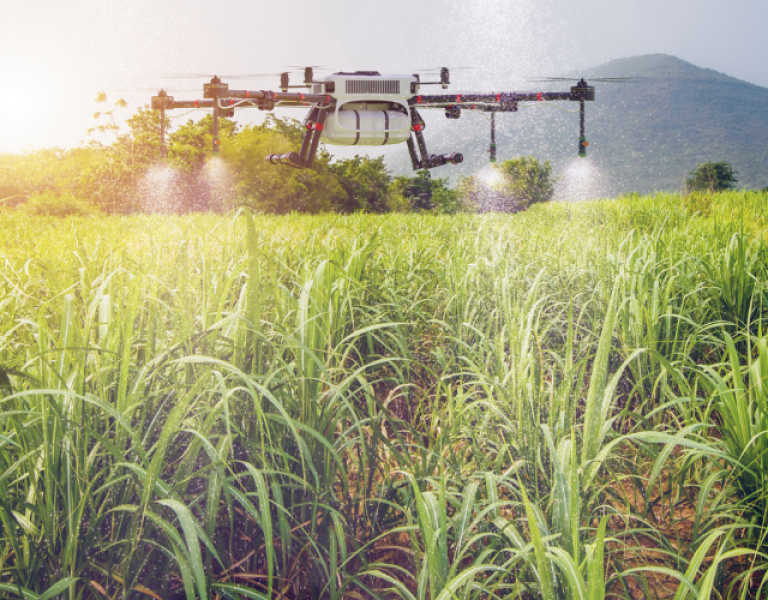Chitosan at Soil and Plant Application
In the field of agriculture, chitosan is versatile in it's application methods, all of which benefit the plant and soil where applied.
Chitosan applied as a seed coating agent
When chitosan is applied directly to seeds, either as a seed dip, dry coating, or time-release shell, it boosts germination rates and early plant development in seedlings, reduce mean germination time, increases shoot height, root growth and length. It can also improve the vigor of seedlings, increases resistance to certain diseases, and improves quality/ability to germinate.
Chitosan applied as a foliar treatment
Chitosan can also be applied directly to seedling and plant foliage, from the first leaves through all growth stages. It affects net photosynthetic rate and increases stomatal conductance and transpiration rates. Effective anti-transpiration preserves water resources in agriculture: chitosan causes the stomata to close smaller, resulting in a decrease in transpiration. Chitosan can also help control the growth, spread, and development of many diseases involving viruses, bacteria, fungi, and pests. It also helps to reduce local and systematic infections caused by the powdery mildew pathogen.
Chitosan applied as a soil amendment
Chitosan reduces soilborne pathogens, partly because it enhances plant defence responses. The other part, is linked to the fact that it’s a biopolymer composed of polysaccharides that stimulate activity of beneficial microorganisms in the soil. This alters the microbial equilibrium in the rhizosphere to disadvantage plant pathogens. Beneficial organisms outcompete them through parasitism, antibiosis, and induces resistance.
Chitosan and mycorrhizal fungi
The enzymes chitinase and chitosanase (elicited from plant by chitosan) are specifically effective against the cell walls of phytopathogenic fungi, but don’t harm cell walls of mycorrhiza. Chitosan also increases lignification of plant cell walls (strengthens the plant’s vascular body). This isn’t a problem for the mycorrhiza because they engage the plant roots near the root cap where the rhizodermis is still intact and forms root hairs (here the root exodermis isn’t lignified, so the mycorrhiza can link here). Mycorrhizal fungi aren’t attacked by chitinase enzymes produced by the plant to defend itself. In fact, it encourages mycorrhizal growth. Read more about Chitosan and Mycorrhiza.


